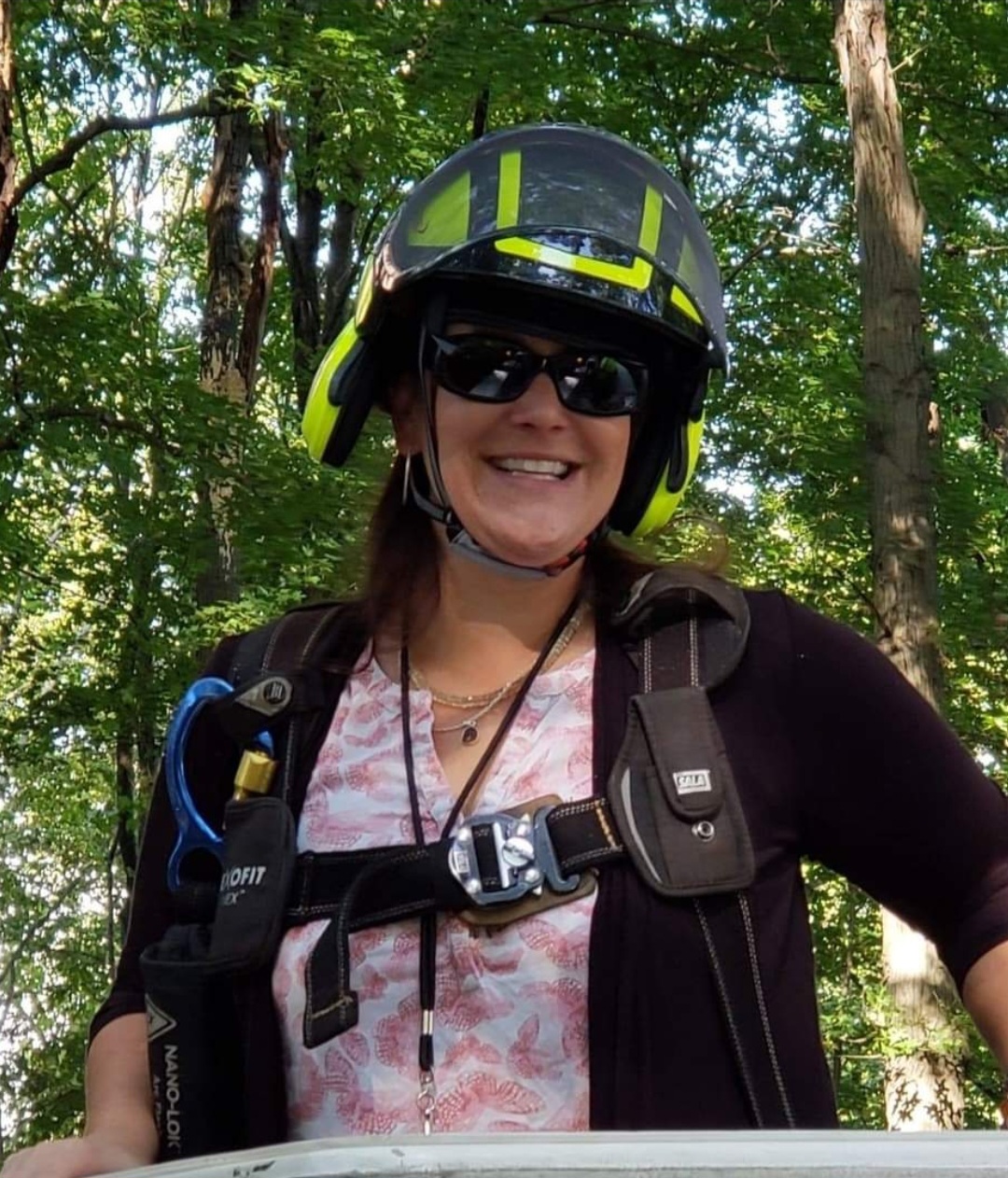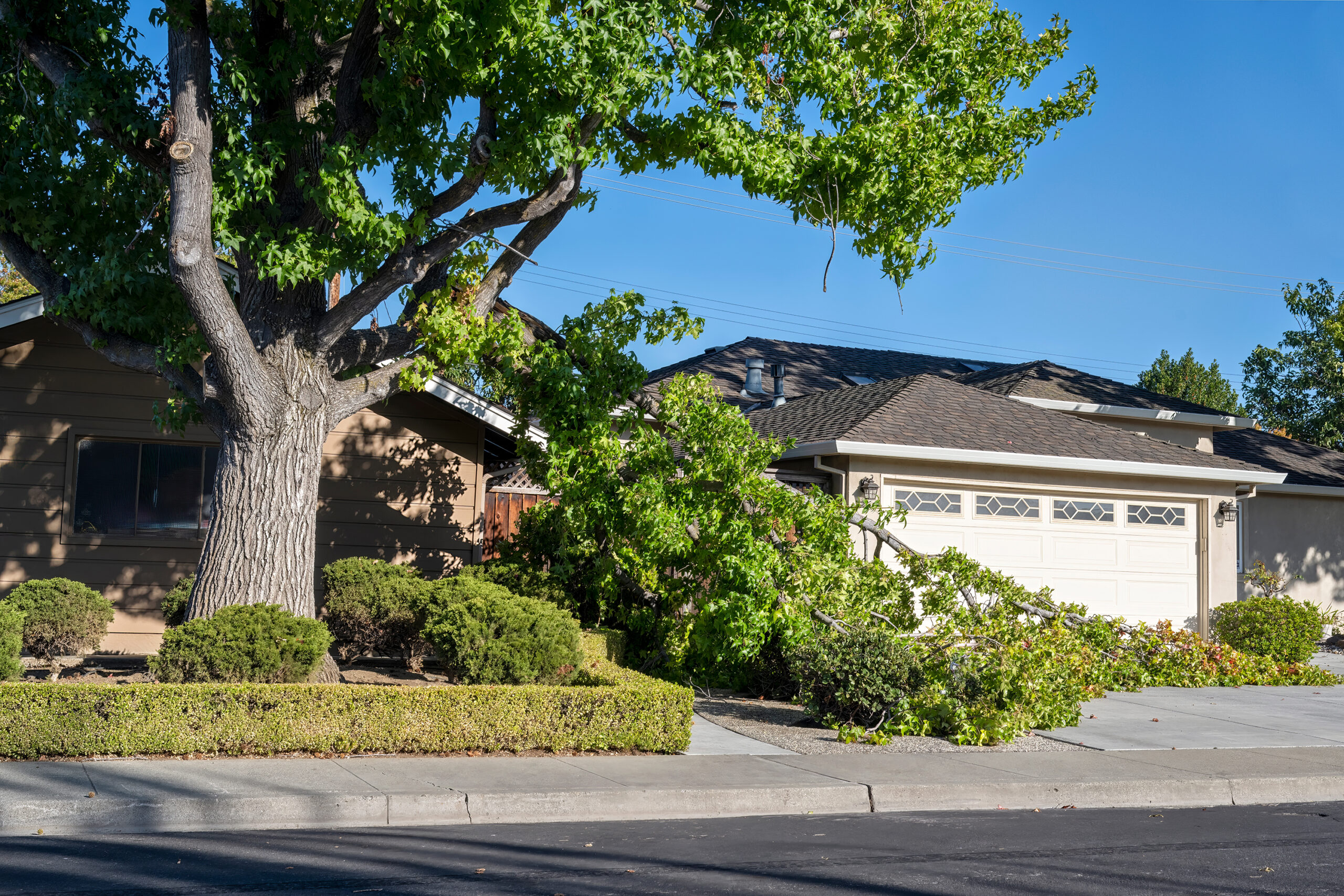The primary role of a municipal arborist is to keep tabs on tree health, structure and the risk posed to the public, all while ensuring that insect and disease treatments, additional plant health care treatments, contracted services for pruning deadwood and removing hazardous trees, emergency storm response, and in-house tree trimmers are funded.
A strong relationship between risk managers and municipal arborists is strongly suggested. Municipal arboriculture isn’t something that is historically well funded but is increasingly critical due to the urban forests’ response to the changing climate. The typical forest is more resilient than an urban forest due to the conditions that trees are required to grow in. Compacted, unfertile soil with little oxygen for root systems, a lack of beneficial mycorrhizae, hotter temperatures, small spaces for root development, vehicle strikes and the public who vandalize trees all impact the viability of the urban forest.
A city tree’s life is rough, right? Now think about the past several years and the seasons of drought that is accumulating in record books, hottest temperatures ever recorded, intense life-threatening storms, forest fires, and invasive pests and diseases. Without having a crystal ball to predict when we may find some normalcy in weather patterns, the municipal arborist must continue to do the best that they can with the tools and resources they have. Risk managers could be incredibly supportive by contributing to business cases for support staff for increased demand of tree inspections as well as covering certain hazard mitigation projects.
Examples where the City of Hartford’s risk manager assisted the city forester, included forest fire planning in Keney Park, an almost 700-acre park that is maintained by the city and is heavily forested. One season, we had such prolonged drought, that there were four significant forest fires, which resulted in emergency response and preparedness as these events could have caused substantial destruction to dwellings surrounding the park. The risk manager, the fire department and I worked together to come up with a plan and purchased three UTV’s that were outfitted with the appropriate tanks to get deeper into the woods where fire apparatuses could not access. Funding for these UTV’s came from the risk manager's budget.
Another case involved Elizabeth Park, the west side, which resides in West Hartford and is home to the nation’s oldest municipally owned rose garden. This park is heavily trafficked, from sunrise to sunset, and had so many large oaks which were suffering from several seasons of drought. I identified over a dozen trees that required removal and over 200 other trees needed hazard pruning. The budget for this project was over a quarter of a million dollars and was not something that the department of public works could fund. Hartford’s risk manager covered the costs for maintenance and parkgoers were safe once again. It’s a good idea to connect with your municipal arborist and plan on making hazard mitigation a line item in the risk management budget.
*The views and opinions expressed in the Public Risk Management Association (PRIMA) blogs are those of each respective author. The views and opinions do not necessarily reflect the official policy or position of PRIMA.*

By: Heather Dionne
Branch Manager, SavATree
Summary of Qualifications
Heather is a passionate urban forester with over 20 years of experience in the field. She is a motivational leader and supportive collaborator with specialized training in urban and community Forestry and park maintenance with extensive tree hazard analysis and inventory skills.
Responsibilities
Heather currently manages the general tree care team, plant health care team and lawn team at SavAtree in Bloomfield, CT, as the branch manager. This involves responsibility for overall productivity and profitability of the branch office, including safety, quality and productivity in order to achieve business goals in the area of sales, employee engagement and profitability. Other responsibilities include managing and coaching sales team and support staff, and initiating training and development programs under guidelines as established by the corporation.
Business Experience
Heather is a recently retired city forester for the City of Hartford, CT. For 11 years. The job included:
- Managing the urban forest in Harford, which includes 2,800 acres of greenspace and 434 shoulder miles of roadway, including two municipal golf courses; managing the Forestry Division and contracted tree services for the City of Hartford; implementation of the street-wide tree maintenance program; tree protection and construction oversights; supervising snow plow operations and park maintenance operations in Elizabeth Park and South Park crews; working in partnership with Knox, Inc. in the reforestation efforts in the city; and assisting with the drafting of some of the strongest zoning regulations in the country for protecting and enhancing tree canopy.
- Designing wood disposal management plan with state approval; working with various agencies to minimize environmental and wildlife impacts with proposed tree clearing for Brainard Airport; leading forest management practices and climate adaptability studies for Keney Park, including partnership with CT DEEP and USFS; requisition and PO management for tree contractors; presenting on safety to stakeholders in terms of fire response in the city's park systems and worked with the risk managers and Fire Department to outfit the city with the necessary equipment and training for forest fire response; participating in panels on the importance of having a tree inventory.
Professional Affiliations
- Connecticut certified arborist: S-5529
- International Society of Arboriculture Certified Arborist: NE-6331A
- CT licensed forest practitioner: SFPH001237
- Certified Tree Warden through the State of Connecticut's Tree Warden Association
- Chair of the Connecticut Urban Forest Council (2018-present)
Education
Heather has a Bachelor of Science in environmental sciences, emphasis in urban and community forestry from Unity College in Maine. She completed human dimensions in natural resources through the University of Connecticut. Heather also attended Middle Management Institute Training through the City of Hartford as well as the Municipal Forestry Institute in Lake Arrowhead, CA through the Society of Municipal Arborists.



